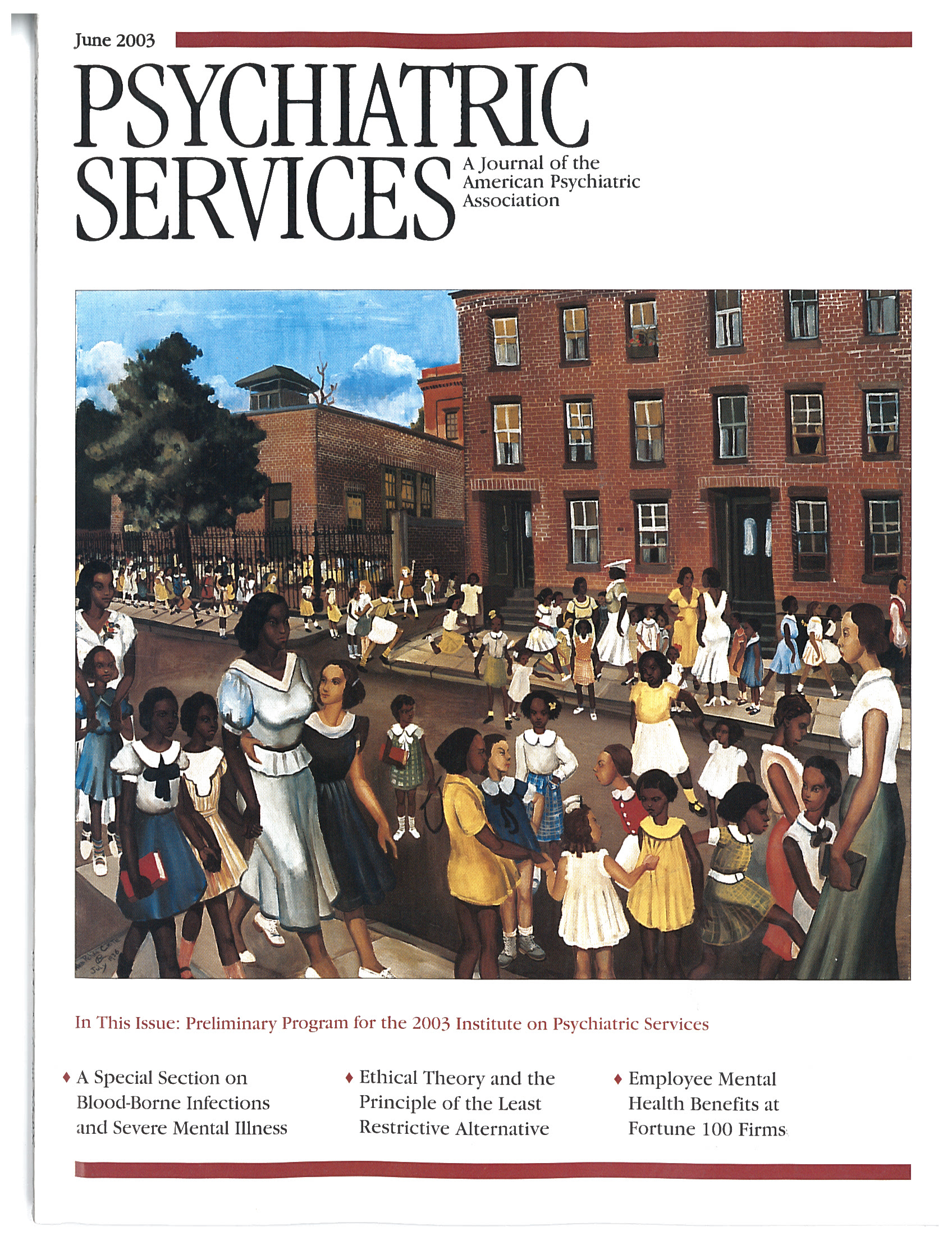Love Stories: Sex Between Men Before Homosexuality provides the reader with a unique view of male relationships in the latter two-thirds of the 19th and early 20th century, primarily in the United States. Katz uses a variety of source documents, including diaries, journals, letters, newspaper articles, poems, and court cases to develop the numerous "stories" in this book. The insightful commentary assists the reader in understanding the nature of these relationships in the context of the culture of a particular time and place, in relation to our current conception of such relationships between men.
Because loving, intimate, affectionate relationships between men were already accepted in the 19th century, many men who were involved in sexual relationships with other men felt the need to develop a language, a conceptual system, and institutions to support and affirm such sexual relationships. This book does an excellent job of presenting the creation of such a language and systems. It also addresses the social milieu and its impact on such developments as well as some social issues prompted by the changes brought about by what can now be considered as the infant homosexual subculture.
The book is divided into four parts, with part 1, "Searching for Words," illustrating some of the difficulties describing relationships between men with the language of the time. This section is slow going until its third chapter, "A Gentle Angel Entered," which introduces Walt Whitman and his writings.
Part 2, "Making Monsters," is very interesting, describing legal cases and issues involving sexual activity between men but also touching on the 19th-century beliefs separating spiritual romantic love from erotic, lustful love—an issue that remains with us today in some form. Part 3, "Coming Together, Coming to Terms," begins a discussion of the development of the language to describe loving sexual relationships between men by focusing—although not exclusively—on Walt Whitman's writings and relationships.
Part 4, "Going Public," describes the struggle of men who love men to develop supportive and affirming institutions, community, and some form of civil rights, chronicling the activities of Walt Whitman, John Addington Symonds, and James Mills Peirce and including interchanges they had with each other.
The final chapter provides an excellent summary of the study of the history of sex between men and the need to locate that behavior in the context of a specific place and time.
Collecting extensive source material with thoughtful interpretation in the context of the culture of the time, Katz has written an extremely interesting and engaging book. He also chronicles aspects of the earliest communities of men loving or having sex with other men and describes what many would consider to be the beginnings of the current lesbian, gay, bisexual, and transgender community. I would recommend this book to anyone who is interested in issues of gender and sexuality, gay and lesbian studies, Walt Whitman, John Addington Symonds, or James Mills Peirce. The book also includes an extensive bibliography and footnotes for those interested in further study.

